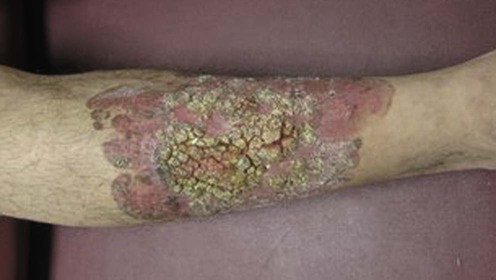Park JJ, Emmerling O, Westhofen M. Acta Otolaryngol 2012; 132: 218–24.
Squamous cell carcinoma

Specific investigations
Role of neck ultrasound during follow-up care of head and neck squamous cell carcinomas.
![]()
Stay updated, free articles. Join our Telegram channel

Full access? Get Clinical Tree






